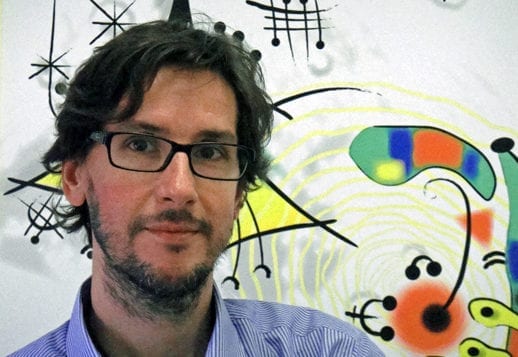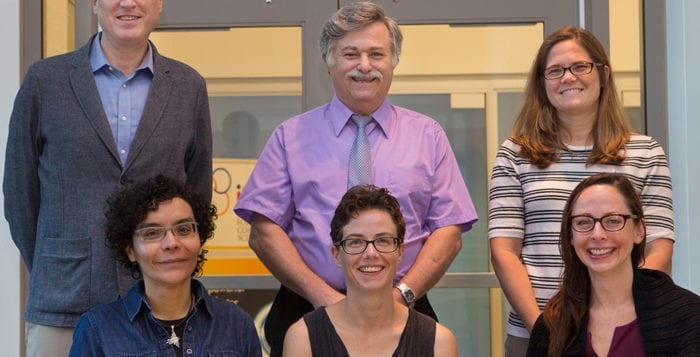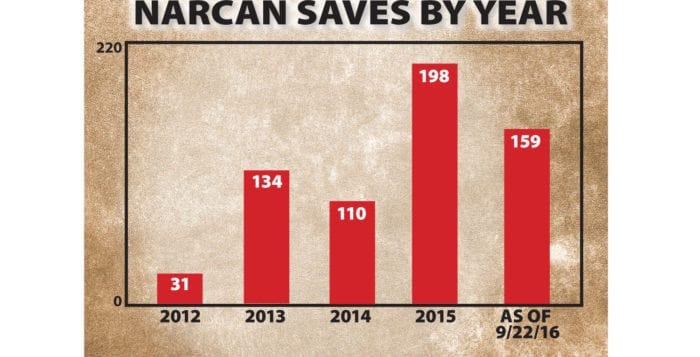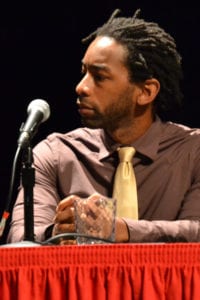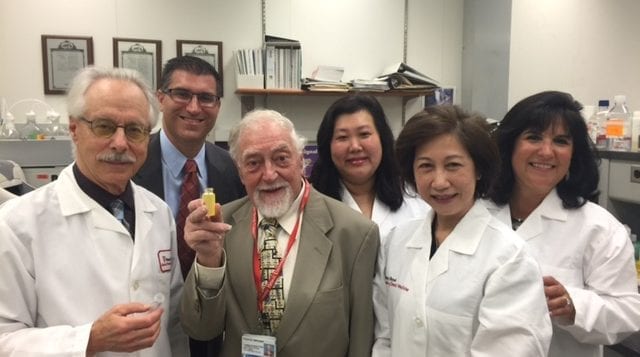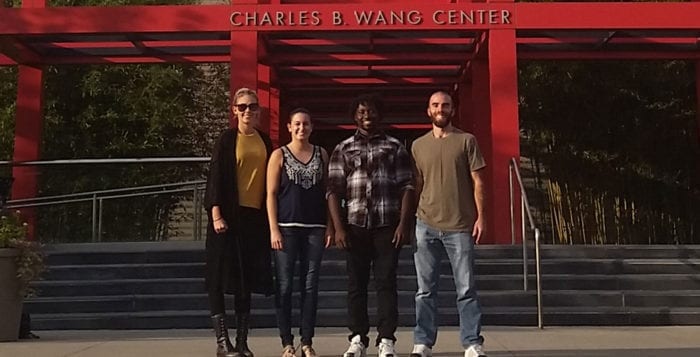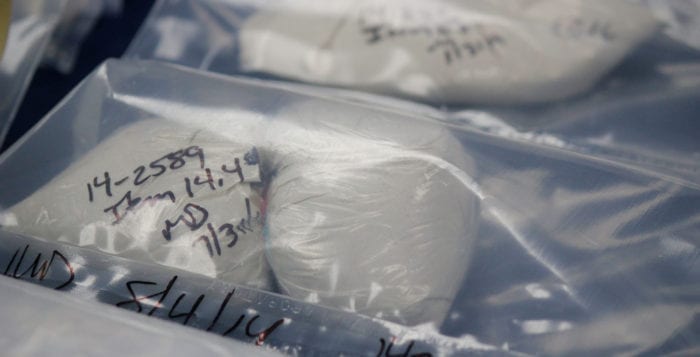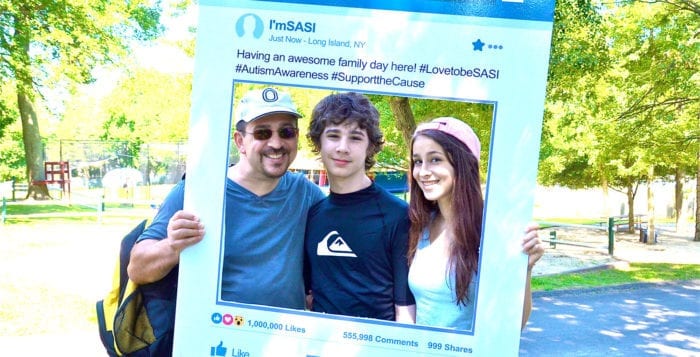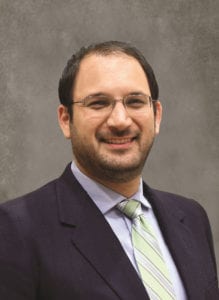A friend of mine, who is about my age and grew up on Long Island, was somewhat timid about going into the Big Apple on her own because she didn’t feel she knew how to get around, but she now is empowered by her car service. She is a member of the customer base of Uber or Lyft or Via — one of those and others that she can summon with her cellphone to take her on her errands around the city. The service comes within two or three minutes, and she gets in and gets out, sometimes sharing the ride with another passenger, without having to so much as reach for her wallet. The fee and tip are automatically charged to her credit card and the price is significantly cheaper than an ordinary taxi. It is as if she had a chauffeured limo at her beck and call. As a result she uses the service more often.
When a store charges prices that are generally considered too high by shoppers, the store invites competition to come into the neighborhood. The same rule of economics applies to manufacturers and to industries. Sometimes that competition takes the more profound form of disruption by competitors who are aided by advances in technology, like the cellphone. In the instance of my friend and many like her, the car services have severely disrupted the taxi industry, dropping the NYC medallion price considerably.
Another vulnerable industry is higher education. As the cost of a college education has gone up over the last 50 years by about twice the rate of inflation, the ability to secure a bachelor’s degree has moved beyond the reach of the average household. The result has been an untenable explosion of student — and parent — educational debt. This trend has also exacerbated the widening gulf between the haves and have-nots. Those without a four-year degree earn less over the course of their lives.
While there are good public universities and community colleges, like Stony Brook University and Suffolk County Community College, that are more reasonably priced and often allow the student to live at home and avoid room and board fees, there is another, growing option for students. Some colleges, including those with more well-known names, are offering bachelor’s degrees online. Although this may have struck many as snake oil in the past, today an online degree has become a viable option thanks to enormous technological gains — with more to come.
Professors can stand in front of a class of students numbering from a handful to several hundred on campus. But thanks to webinars and other advances on the web, their student listeners may number in the thousands. Ah, you say, but they miss the live interaction of a classroom setting. Wrong. The students can now hear each other, as well as the professor, speak to each other and even see each other. There is more interaction over the Internet, in fact, than there is typically in large lecture classes. Shortly the speed of the Internet will reach unimaginable numbers to accommodate the instant transmission of incredible amounts of information. Professors attest to the high quality of response from the online students handing in assignments. There is even technology for locking down computers during tests to prevent cheating.
Online education has already disrupted traditional education, and not just for special one-off events that are typically used by businesses and special-interest groups but for long-term degrees. Just Google “online degree programs USA,” and you will find 10 pages of names for starters. These include 2016 Top Online Colleges & Degrees, The 50 Best Online Colleges for 2016, List of Accredited Online Colleges & Universities, U.S. News & World Report 2016 Best Online Programs, Boston University online programs and so forth.
Habits change more quickly today than at any other time in history. Just ask me how people get the top of the news each day: It’s not so much from newspapers or radio, or from network television or even cable TV — we get up in the morning and eyeball our mobile phones. Pay attention, college administrators and trustees, serious disruption is near.

